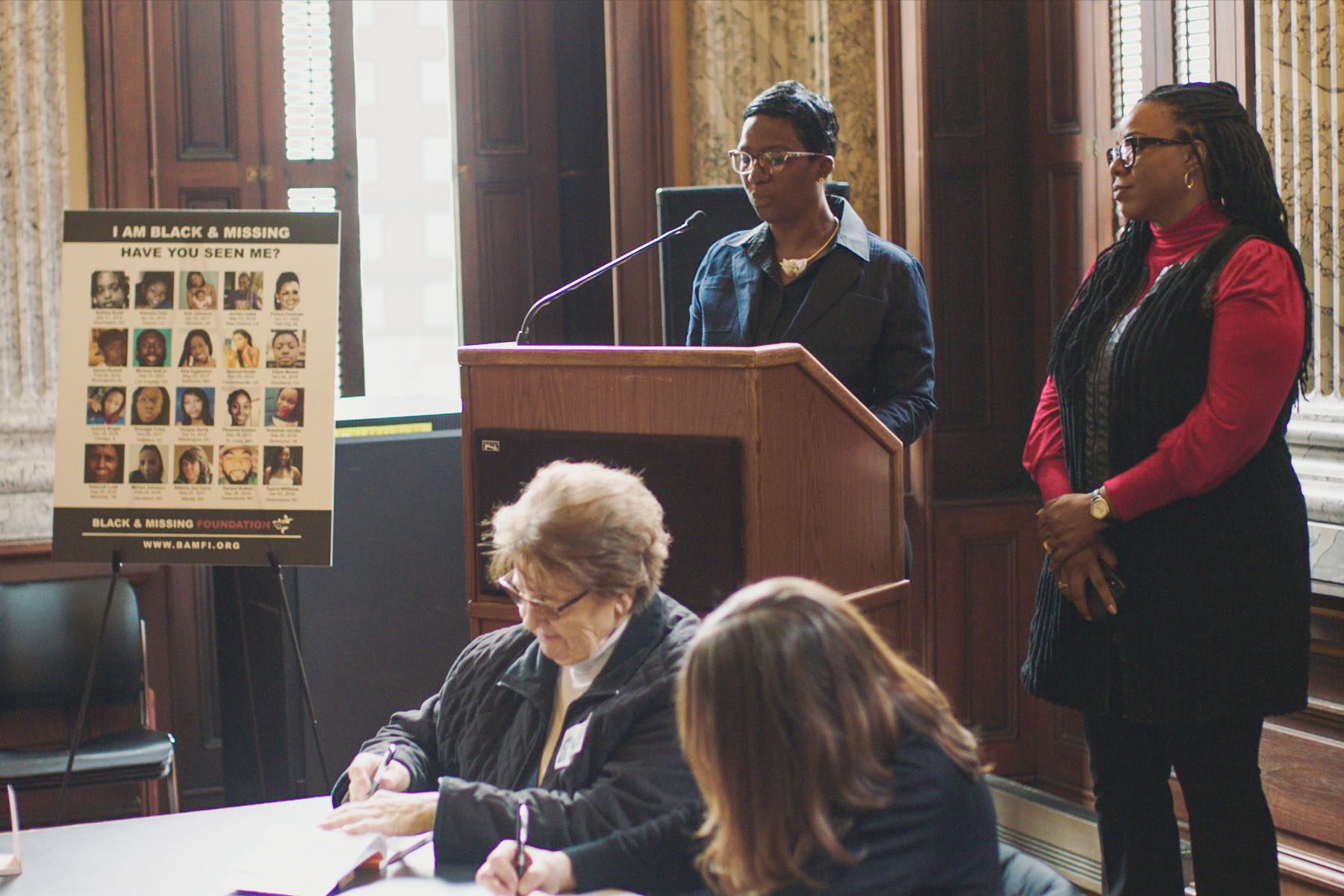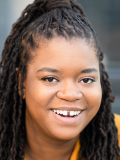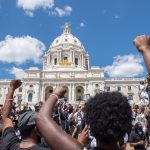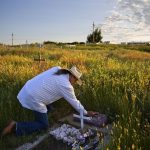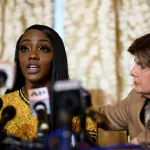In 2017, 16-year-old Kennedi High went missing. In a new documentary, “Black and Missing,” a Baltimore police officer said he initially did not see anything “out of the ordinary” about High’s disappearance, despite the fact that she has autism and no history of running away from home. In response to concern that High was taken by a man she had been texting, a former investigator with the department noted that in Maryland, where she lived, the legal age to give consent is 16. After the Black and Missing Foundation pushed for national radio coverage and a police press conference, a tip from an Uber driver ultimately led to High’s safe return to her mother.
HBO’s four-part documentary series, which premiered last month, follows the Black and Missing Foundation’s co-founders, Natalie and Derrica Wilson, as they investigate and raise awareness about cases of missing people of color. Veteran journalist Soledad O’Brien and award-winning director Geeta Gandbhir teamed up to create the series.
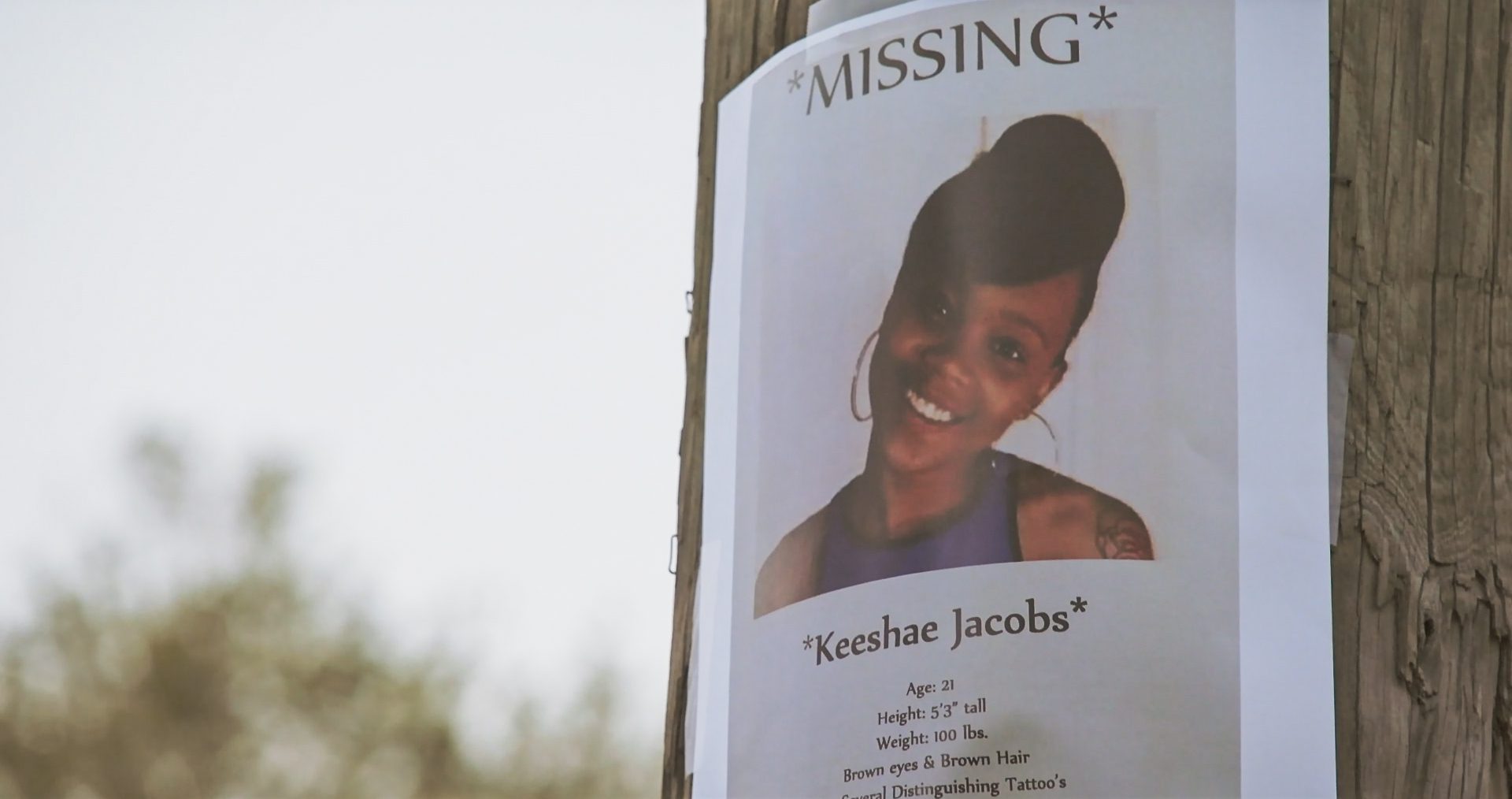
Nearly 40 percent of people who went missing in 2020 were people of color, according to FBI data, and 33 percent of all missing persons were Black. The HBO project explores the socioeconomic factors that disproportionately play a role in the disappearances of Black women and girls in particular, and the shortcomings of law enforcement and media organizations to give them adequate attention.
On the opposite end, White victims, particularly White women, tend to be considered with more urgency. From Natalee Holloway in 2005 to Gabby Petito this year, the frenzy that cases of missing White women spark among the news media, public and police has come to be referred to as “Missing White Woman Syndrome.”
“If we are privileging White women in this way, it is at the expense of every other woman in our society,” said Vince Warren, executive director of Center for Constitutional Rights, when he was interviewed for the “Black and Missing” documentary.
To learn more about the systemic barriers Black victims face, The 19th spoke with O’Brien and Natalie Wilson.
Because of technical issues, the conversation with O’Brien took place in a separate phone call. These interviews have been edited for length and clarity.
Candice Norwood: Soledad, I’d love to hear how you learned about the Black and Missing Foundation and why you wanted to tell this story through the lens of Derrica and Natalie?
Soledad O’Brien: I am aware of them because of Black Girls Rock, which had given them an award. I think it was Natalie who spoke the most when they got the award, and she was just so powerful.
When they were giving that speech, I just remember thinking that their strength was amazing. I mean, Natalie was furious, if you go back and watch that speech. She’s practically vibrating with anger. And yet, you can see that she’s using it to move in the right direction.
Much of the docuseries focuses on stories of Black women and girls and, of course, the lead characters are two Black women at the front of this organization. Was that an intentional decision to focus on Black women and girls mostly for this particular story?
O’Brien: Yeah, because lots of people go missing. Lots of people of color go missing. We could just do an entire series on Native women. I’ve done a lot of reporting on that for my TV show. There’s a number of Black men missing. You start with 100 stories, and then you start winnowing out which are the stories that make sense. Either they come to a resolution, or even if the resolution isn’t necessarily the person found alive, the story has an arc. And so it just sort of made sense that way. But, of course, the Black and Missing Foundation looks for all kinds of people who are missing whether they’re women or men, native, Black, not Black.
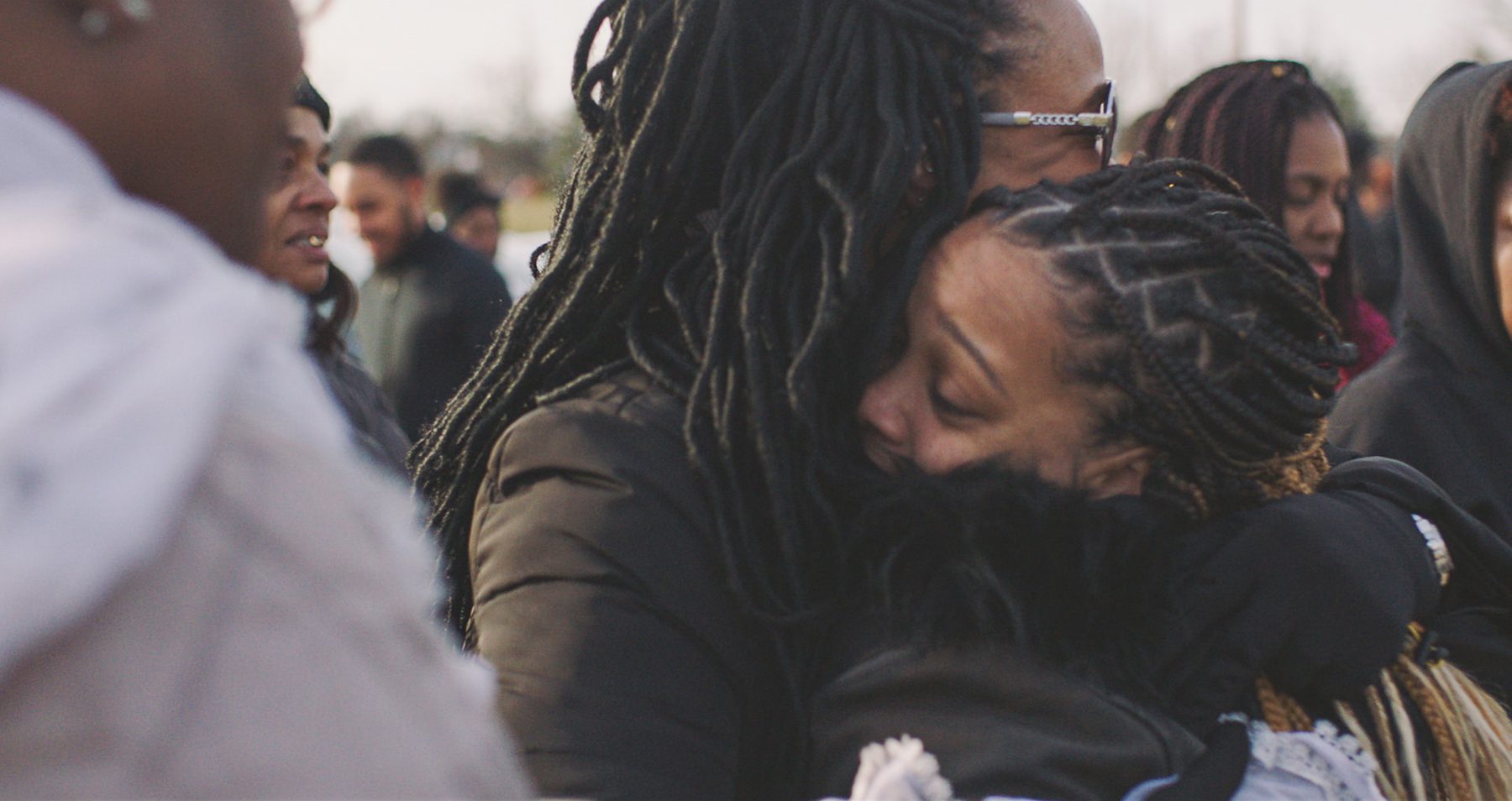
Natalie, how does gender factor into the cases of missing Black people that you all come across?
Natalie Wilson: We do know that people of color, women, are disappearing for a number of reasons. Sex trafficking, especially since the pandemic, we have seen an uptick in our cases of our young girls disappearing because they’re victims of sex trafficking. We’re spending so much of our time online, and so are our children: on apps, gaming apps, on social media platforms. So we do see this affecting our young girls or women. Domestic violence also plays a role that has impacted many of these cases. So we do believe that gender plays a role in some of these cases.
A part of the documentary delves into the concept of “Missing White Woman Syndrome,” coined by late journalist Gwen Ifill, and it also looks at how White women have historically been viewed as victims who need protection. I’d like to flip that and ask how you think society tends to view Black women and girls, and how that perception creates hurdles for trying to get victims’ stories taken seriously and with urgency?
Wilson: We believe that the first line of defense, or the gatekeepers, starts with law enforcement. They are classifying our children when they’re reported missing as runaways. If you’re classified as a runaway, you do not receive the Amber Alert or any type of media coverage, and oftentimes our women are not treated as victims. They are treated like deviant behavior happens in that segment of society and their cases aren’t taken seriously. They’re not viewed as being important. So what we’re trying to do is to change the narrative around our missing to show the human aspect or element. These are missing mothers, and sisters, and aunts, and grandmothers, and fathers and valuable members of our society.
We know that children of color are disproportionately victims of sex trafficking, but when they are located they aren’t given the resources needed to be rehabilitated. And oftentimes, they’re the ones that are thrown into jail. They’re the ones that are deemed the criminal instead of the pimps or the pedophiles. We’re also noticing that a lot of our young girls are adultified … not seen as victims, and these are children. They’re raping our children. A child cannot consent to sex, and we need to do a better job of protecting that very vulnerable sector of our society: our women, our girls, even our young boys.
O’Brien: The interesting part about the “Missing White Woman Syndrome,” which I think our documentary pointed out really well, is if you remember Natalee Holloway when she went missing in Aruba, there was a rush to go to Aruba by regular citizens to find Natalee Holloway; you have all these other people who are missing but nobody wants to look in their own neighborhood or backyard just see if they have any information.
I think when Gwen Ifill talked about this syndrome, there’s the sense that some people are very valuable when they’re lost and they could be in peril. And by the way, I covered the Natalee Holloway story and I remember thinking, “Oh my God, I don’t know how the mom is standing here doing interview after interview. It’s just so brutal.” It must be the most horrific thing — as a parent, I cannot even imagine. But it would be amazing if that kind of energy was put into all the people who are missing. Why doesn’t everybody deserve that?
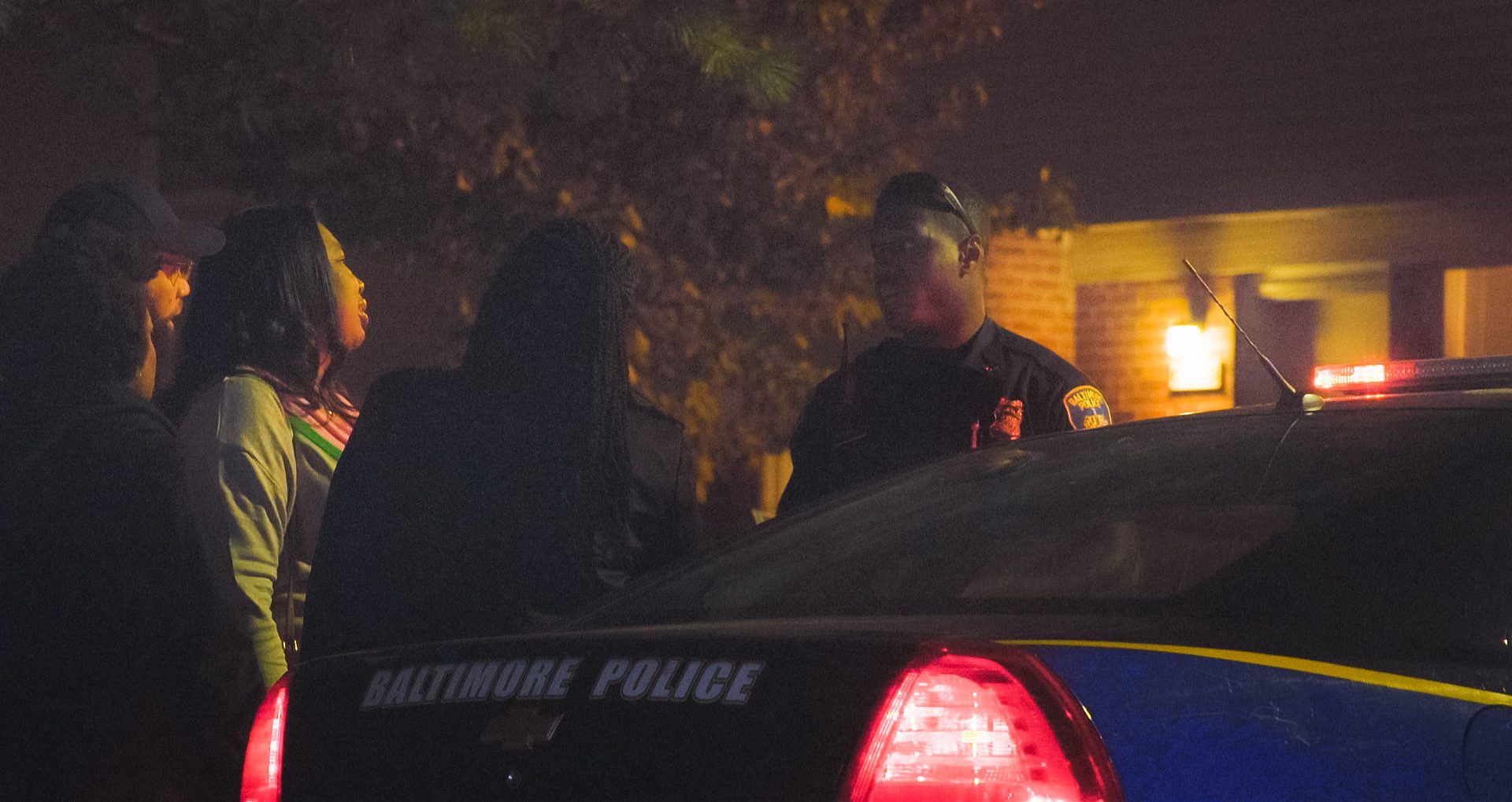
Natalie, in episode one of the docuseries, I remember there being a major with the Baltimore Police Department who said that resources are limited and police have to make tough decisions about where to invest their time and their resources. I find that this kind of response is not uncommon from members of law enforcement. What do you say to this kind of argument, and have you and Derrica spoken about how police can make investigations more equitable, even if their departments may have limited resources?
Wilson: We’re challenging law enforcement to really look at themselves, and how they are classifying these cases, and the stereotypes that are impacting the urgency in providing resources to these cases. We need to change the policies and the procedures around these cases because they are not being taken seriously.
A simple classification really changes the narrative. I mean, think about if you see a missing person’s flyer: If you see “missing” or if you see “runaway,” which one would act on or pay attention to? Definitely not the one that says “runaway,” because you’re under the impression that the person left voluntarily. So, we really need to look at policies and procedures and training of law enforcement officials regarding sensitivity and cultural [understanding].
It seems to me like members of the public, law enforcement, and news organizations all fall into a trap of requiring a perfect victim. By perfect I mean someone who is beautiful, thin, good grades in school, no legal troubles or experience with sex work. How has this mindset influenced the cases you work on?
Wilson: I think there’s a bias with these cases. As you mentioned, if someone doesn’t have a perfect background, then they’re deemed to be less than or a drain on our tax dollars, and that their lives don’t matter, but they do. They mean a lot to our communities and their families shouldn’t be the only ones looking for them.
We’re searching for them, because this is an issue that’s affecting our nation. Our goal is to get that person home safely to their loved ones, and on the back end, to give them the resources that they need to be rehabilitated. So we need to focus on the issue at hand. Even if a child or minor has left home voluntarily, what are they running away from? And ultimately, what are they running to? Because we know that from being on the streets for about 24 to 48 hours, they have to survive. They’re propositioned for sex, for security and food and housing, and that’s throwing them into a whole different lifestyle.
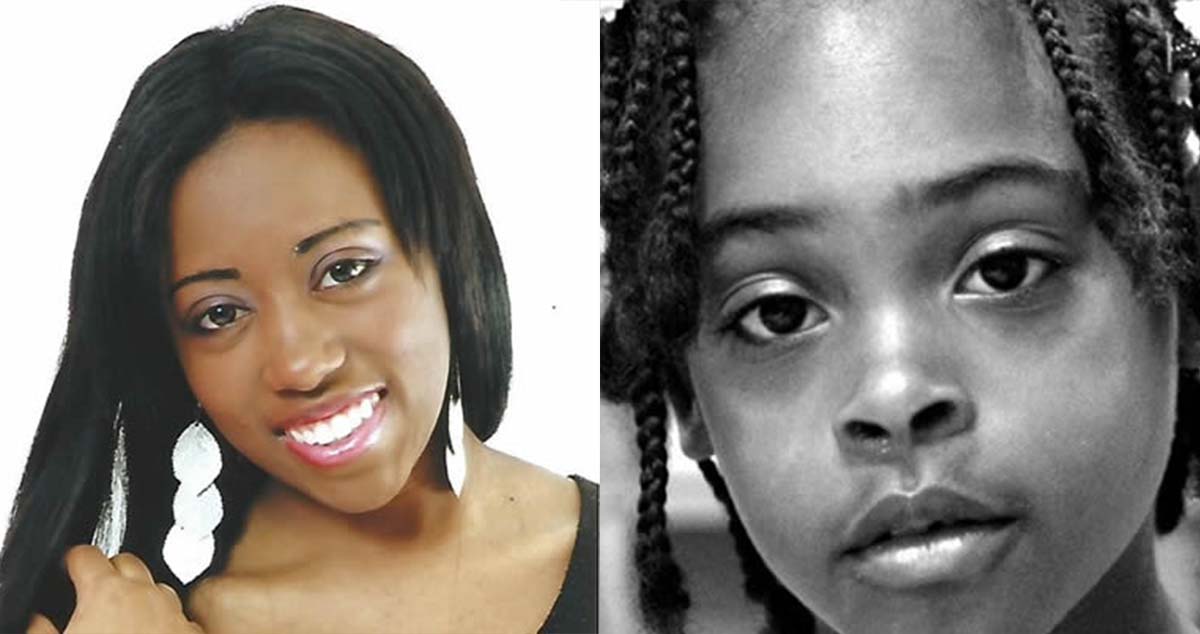
The documentary gives special attention to what you see as the missteps of news organizations when it comes to covering these cases of missing Black people. What are your top tips for addressing these problems in a systematic way beyond relying on the one Black reporter who is really fighting to tell these stories?
O’Brien: I think a lot of it is around you have to just be willing to have some self examination: Why do we think this person is more valuable than that person? Maybe we should talk about that. I think it would behoove people in a newsroom to say, “Let’s actually have conversations about people who are missing. Let’s discuss it. Let’s talk about it.”
They sometimes believe: Our core audience is middle aged White dudes. And that if that’s the case, then they’re not going to care about this, they’re not going to care about that. I’ve been amazed at how often I think news executives are just wrong. People do care. People are very interested. Even people who don’t look like them. I know I am. I was fascinated by the Natalee Holloway story. I cared a lot about Elizabeth Smart’s story. I thought the Laci Peterson story was horrific. There are so many others we could cover, so I think this idea of, “Well, this won’t resonate, but this one will. This is a girl who’s pretty so our audience will like her better” — I just think that gives your audience no credit.
